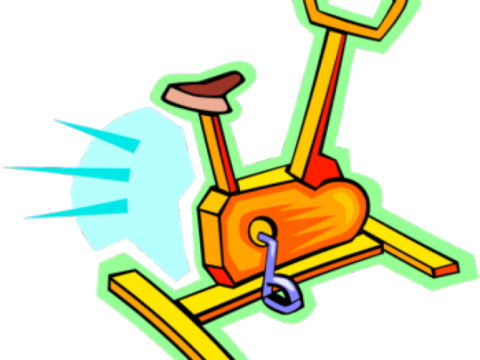Some people plan as a natural extension of who they are. They wouldn’t think of taking on any project, small or large, without putting a plan in place first. Others, think planning is a waste of time and pride themselves on their ability to handle any situation as it comes on the way to their goals. And then there is the middle group who start out planning in their heads how they will tackle a particular goal and then partway in when they think they have a pretty good idea of how to proceed, forget the rest of the planning process and charge into the project.
No matter which group you are in, here are some ideas on how you can use the planning process to help you accomplish any goal easier, faster, more effectively and efficiently. But first, take this to heart;- studies have proven Brian Tracy correct when he says: “Every minute you spend in planning saves 10 minutes in execution; this gives you a 1,000 percent Return on Energy!” If you want to do something right the first time in the least amount of time, plan before you start!
Our planning process is simple. It consists of four steps. The first is to clearly define the two endpoints–where you are and where you are going. Sounds logical, right? You would be surprised how many people gloss over this step and don’t spend as much time here as they need. It is way easier to do the other three steps when this one is as detailed as you can make it.
In the second step, you are looking for the barriers or obstacles that might get in the way of you accomplishing your goal. What might be missing or needed that would make the journey possible.
The third step is goal-setting. Make no mistake here, goal-setting is different from what 90% of people think it is. You are not following this planning process to help you reach your goals as the end result. Your Vision of the future, where you want to be when you complete your journey, is the end result. The goals are merely checkpoints along the route showing you you are heading in the right direction, and, showing you how close or far you are to the end.
The last step is the back plan. Here is the best analogy I can give on how to back plan. If you are set to fly from Phoenix to New York and your plane boards at 8 am, how do you know when to set your alarm to wake up? Let’s walk through an example. It takes an hour to get through security and walk to the gate–that is 7 am. It takes an hour to drive and park the car–that is 6 am. It takes you an hour to get yourself ready in the morning–that is 5 am. Leaving a buffer of half-an-hour, you would need to set your alarm for 4:30 am to get there on time. Since you worked backward as if it already happened, there is no guesswork, or hoping it works. I’m sure many of you plan this way when it comes to travel. But, here is the $1Mil question: if it is so logical to plan this way when you travel, why don’t you plan everything in your life this way?
When you get the hang of this planning process, you will be amazed at how easy it is to use and how much more you can accomplish in your life. I challenge you to use this process on something you have been wanting to get done but haven’t yet, and let me know your experience. I promise it will be good.


